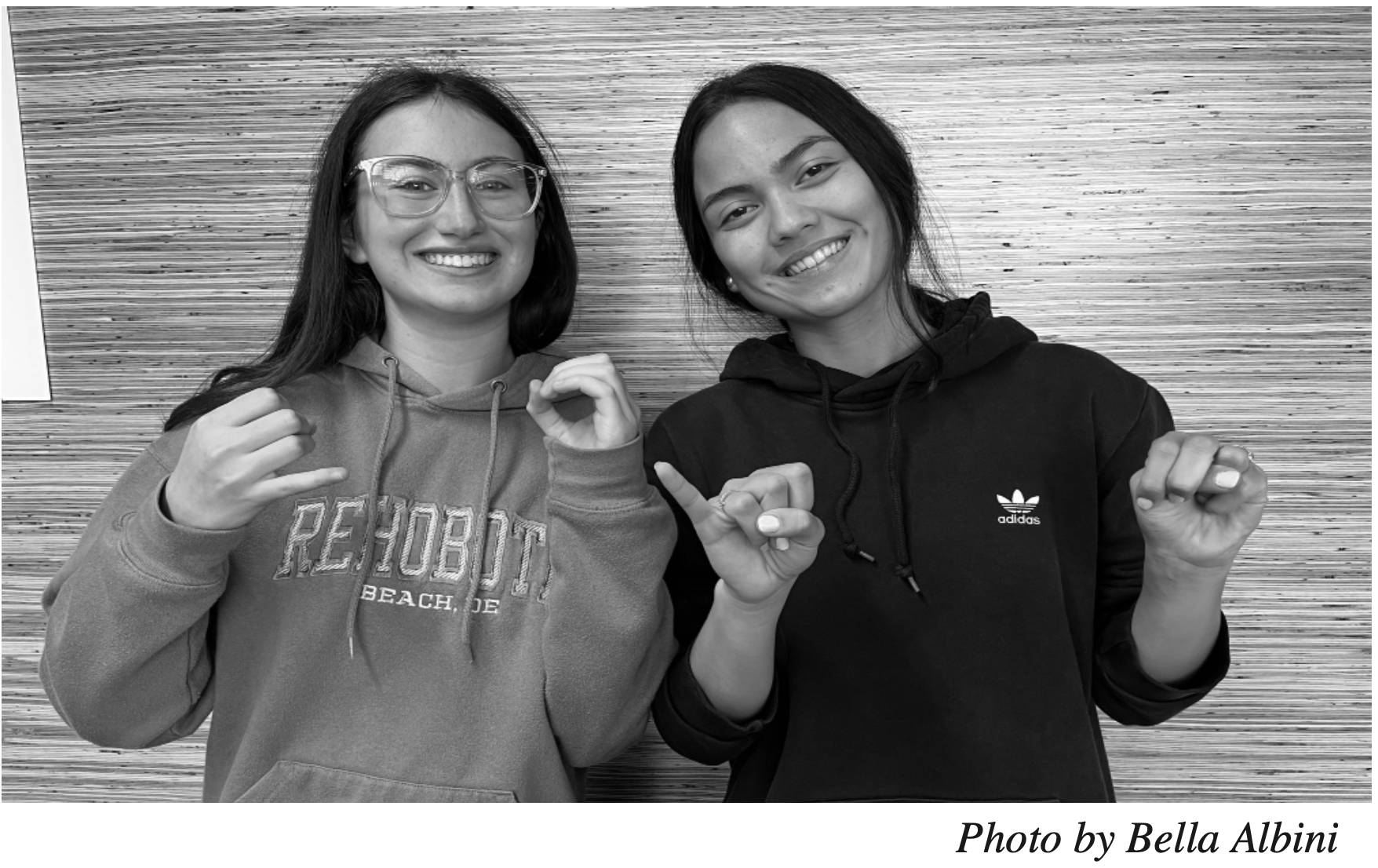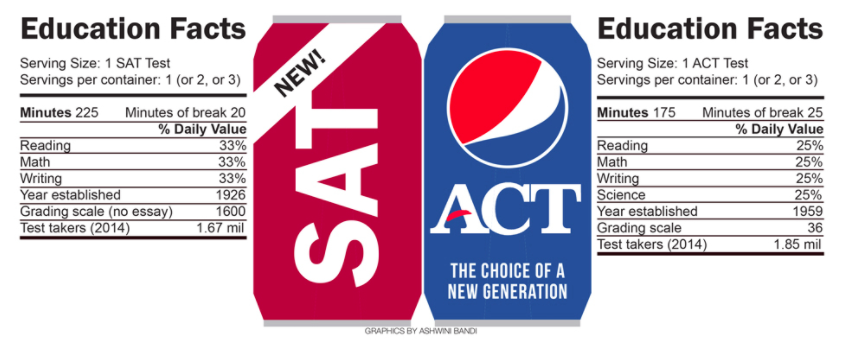Brussels sprouts, spinach, carrots, broccoli, cucumbers, romaine lettuce, iceberg lettuce, tomatoes, onions, mushrooms, sweet peppers, spicy peppers, green peas, beats, celery, artichokes, kale, and squash. These are only a few of the estimated 20,000 vegetables that exist on our planet. With so many varieties and options, where are we meant to begin?
I was recently at the urologist and they said I had one of two problems: kidney stones or constipation. It was advised that I consume more fiber, and this is what began my exploration of different types of fruits and vegetables (to avoid complicating things, I’ll save fruits for the next article so I can focus only on vegetables in this one).
I was always told that vegetables are ‘healthy’ or ‘good for you’ or that ‘they should take up a significant portion of your plate’, but I never really understood why and I didn’t consume them frequently. But now that I am well-advised of the correlation between our nutrition plans and our long term health, I am far more inclined to actually eat them. For instance, at lunch when we can choose between carrots, broccoli, and cucumbers off to the side of the food stations, I’ll just help myself to all three (as long as there is a sufficient supply of them and I am coming towards the end of the lunch period when I know that not many people will come after me and the vegetables may not be eaten and may need to be disposed of if their expiration date passes).
What makes vegetables such high value foods is that they are very dense in important micronutrients while they have a very low caloric value. For instance, raspberries contain 6 grams of fiber (which I’ll definitely be needing) per serving for only about 65 calories. Broccoli contains 220% of the recommended daily value of vitamin C for only 50 calories per serving. Kidney beans contain various vitamins and minerals, as well as some fiber and protein, too! Carrots are found in many colors including purple, white, red, yellow, and most importantly orange.
In summary, I really don’t know that much about vegetables. I have just been eating them slightly more frequently and I think it has been a beneficial experience. To leave you with one genuinely valuable takeaway: Sometimes vegetables don’t taste good, and that’s ok. I often think to myself that they aren’t meant to taste good, but are so rich in nutrients that they are more than worth it. If they taste good, that’s great, but if not… I’ll consume them anyways.


